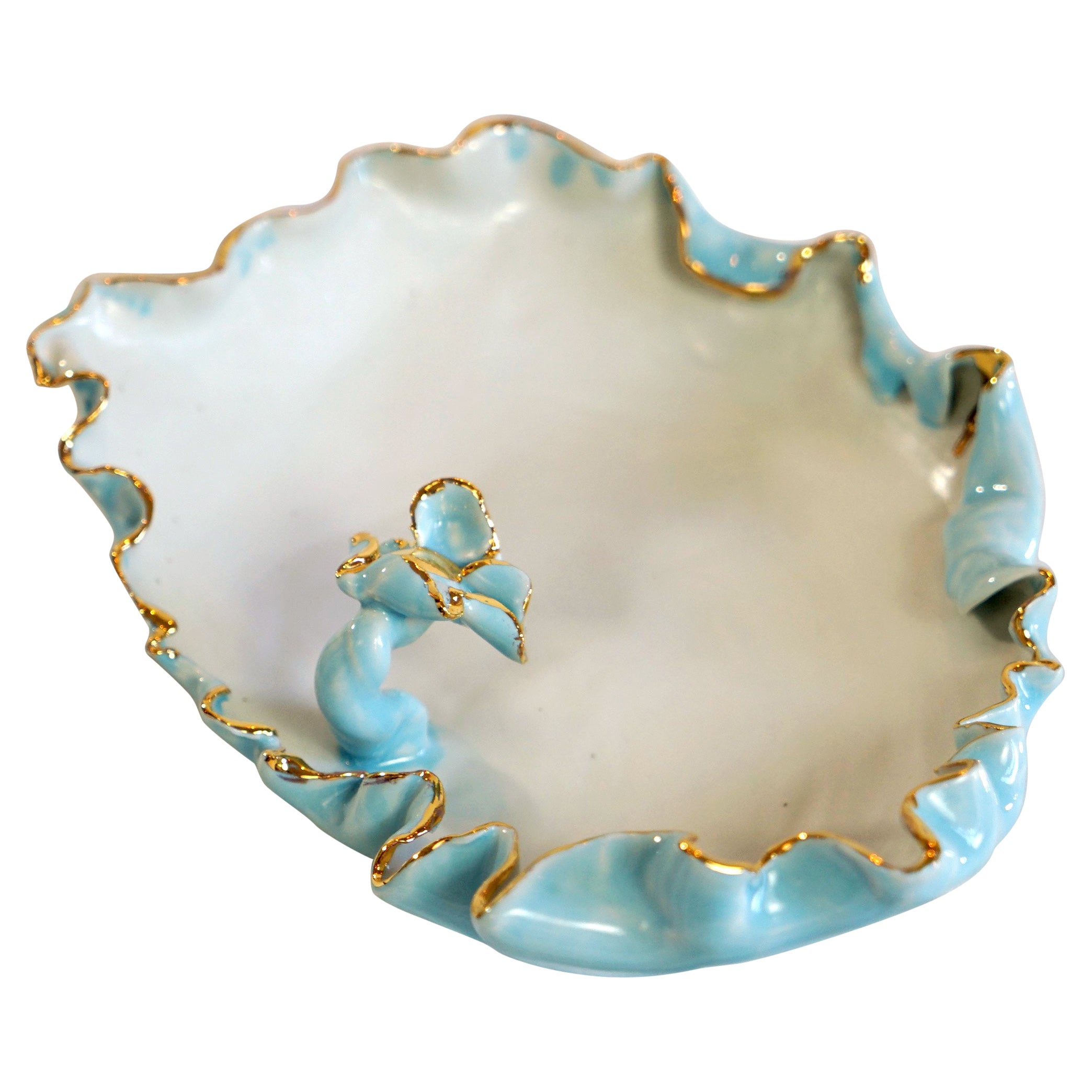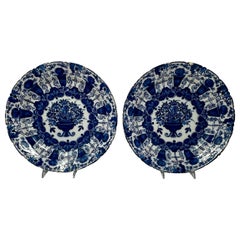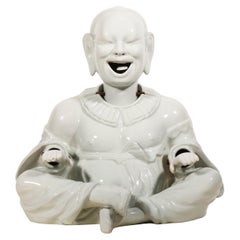Questions & Answers
Our trusted network of 1stDibs sellers answer common questions
Where was porcelain made?
1 Answer

Porcelain was first made in China. Artisans began producing early forms during the Tang Dynasty, which lasted from 618 to 907 A.D. During the Yuan Dynasty from 1279 to 1368, crafting techniques advanced to produce the strong, translucent pottery that we call porcelain today. Shop a wide variety of porcelain objects on 1stDibs.
1stDibs ExpertFebruary 27, 2024
Related Questions
- What is porcelain made of?1 Answer
- What is Limoges porcelain made of?1 Answer
- Where is porcelain made in the UK?1 Answer
- Where is Kaiser Porcelain made?1 Answer
- Where is Rosenthal porcelain made?1 Answer
Shop for Porcelain on 1stDibs
Trompe l'Oeil Italian Majolica Mid 20th Century Porcelain Canister with Walnuts
Located in Miami, FL
Vintage Trompe l'Oeil Porcelain Canister depicting a stack of 29 plates with walnuts on top plate, circa 1960s. This vintage item is signed on the bottom: Mancioli - Italy. It is alm...
Category
Mid-20th Century Italian Mid-Century Modern Porcelain
Materials
Porcelain, Paint
Pair Antique 18th Century Dutch Delft Blue & White Porcelain Chargers Circa 1780
Located in New Orleans, LA
Pair Antique 18th Century Dutch Delft Blue & White Porcelain Chargers, Circa 1780.
Category
Antique Late 18th Century Dutch Porcelain
Materials
Porcelain
Magot, original 19th century porcelain Buddha
Located in Vicenza, IT
Magot of exceptional size with tilting head, tongue and hands. Material made entirely of porcelain, with the exception of the "biscuit" hands.
What are magots?
The word magot comes from the French: barbary ape. They are male or female figures with oriental features. Usually the material used for the representation was painted or decorated porcelain. The subject depicted, in a good-natured and pleasant way, is Pu-Tai. The Chinese god of happiness and abundance.
It is said that they brought good luck because, thanks to their head, tongue and jointed hands, they were able to warn earthquakes.
They arrived in Europe between the end of the seventeenth century and the beginning of the eighteenth century thanks to the first connections between European merchants (Venetian in particular) and Chinese. In the following decades, they became a status symbol to be displayed in aristocratic homes. They found fertile ground in Europe thanks to the fashion for the exotic that developed in the Old Continent during the first decades of the eighteenth century. This fashion can be found in various objects of the time, not only in the Magot, see the toilet objects and lacquered furnishings decorated with the famous chinoiseries.
In a few years, thanks to the increased demand, our factories also began working to satisfy this new form of collecting.
From the German ones: Meissen, Dresden, Rudolstadt; to the French ones: Saint Claude Samson and Chantilly, to the Italian ones.
True masterpieces were created throughout Northern Italy. The Piedmontese ones, made of papier-mâché, were then unusual.
Authenticity:
Completely intact to the naked eye and the infrared lamp...
Category
Antique Late 19th Century Italian Porcelain
Materials
Porcelain
Blue Porcelain Serving Plater by Hania Jneid
By Hania Jneid
Located in BARCELONA, ES
The Lips Collection is an investigation into facial expression, through the lips.
The artist expressed her fascination with diversity by creating art pieces that focus on the human ...
Category
21st Century and Contemporary Spanish Porcelain
Materials
Porcelain
Pair Early 19th Century Worcester English Porcelain Griffins
Located in Dublin 8, IE
Pair early 19th Century Worcester English porcelain griffins decorated with a simulated bronze effect, on a shaped flat base decorated with gilding, a gilt & candle sconce on it’s ba...
Category
Antique Early 19th Century English Regency Porcelain
Materials
Porcelain
Delft Blue Windmill Print Small Plate/Dish
Located in EDENSOR PARK, NSW
Blue print of windmill, some scratches to print, stamped Delft Blue
Circa: 1984
Material: Porcelain
Country Of Origin: Holland
Measurements: 1.5cm high, 12.5cm diameter
Posta...
Category
20th Century Porcelain
Materials
Porcelain


